SUMMARY
This is AI generated summarization, which may have errors. For context, always refer to the full article.
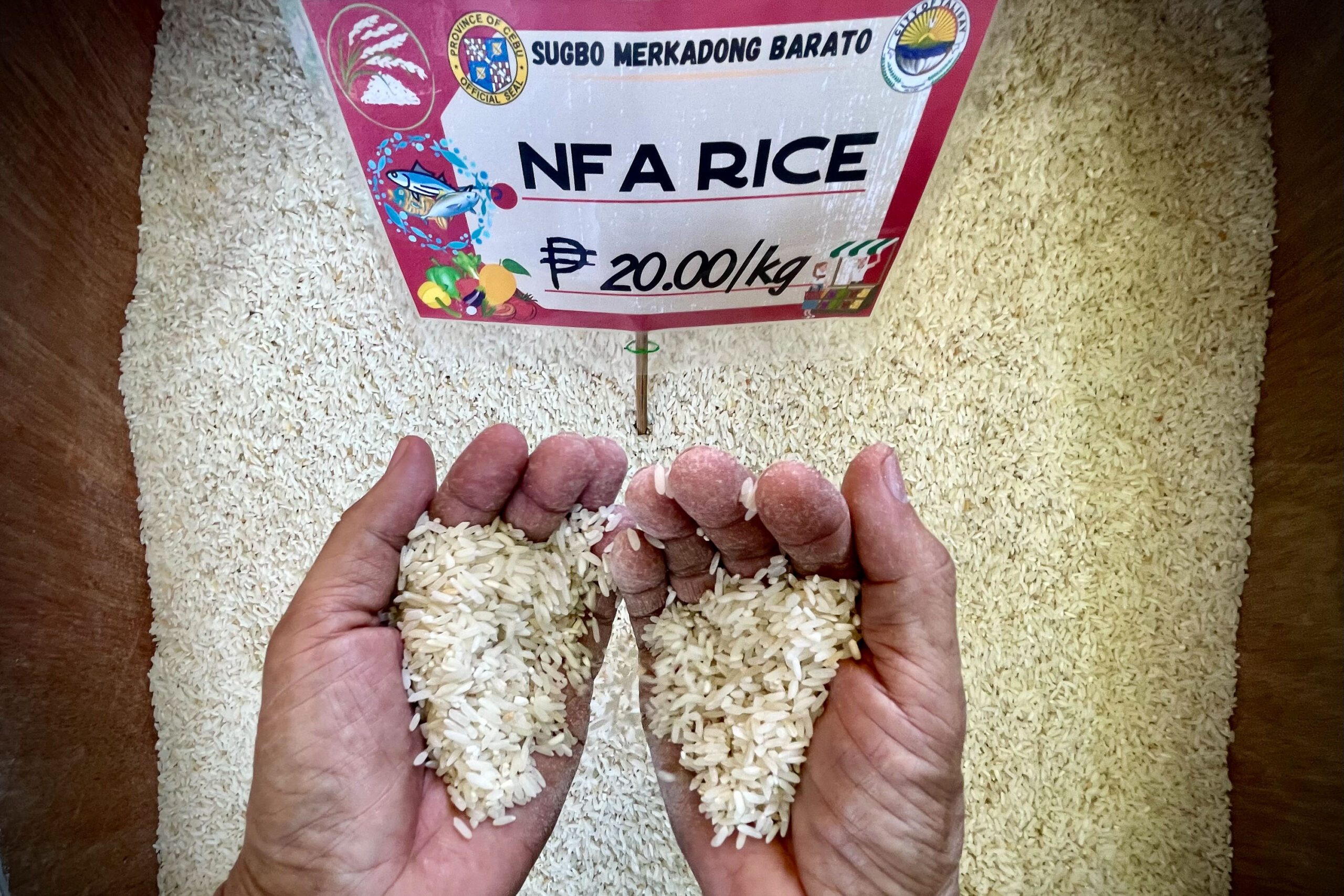
The House of Representatives passed on third and final reading on Tuesday, May 21, the proposed amendments to Republic Act No. 11203 or the rice tariffication law (RTL).
House Bill No. 10381 reimagines a National Food Authority (NFA) that has more control over supply and prices and more power over local suppliers and foreign investors.
The crux of the matter? The NFA can import rice again and will be empowered to do so when there are “no available stocks” from local farmers and cooperatives.
Signed in 2019, the RTL allowed private traders to import rice freely while the NFA was confined to sourcing rice from local suppliers to augment the country’s buffer stocks.
The Duterte administration liberalized the market to supposedly bring down prices of rice.
While the amendments already got approval from the lower chamber, these would still have to be tackled in the Senate. The Senate version is still pending at the committee level, but House lawmakers had urged their Senate counterparts to adopt the House version.
Congress is set to go on a sine die adjournment on Friday, May 24.
A more empowered NFA
Aside from imports, the NFA will wield more power over both local and foreign players in the grains and corn industry.
Under the proposed amendments, the NFA could:
- Require the registration of all grains warehouses to ensure compliance with all pertinent standards and regulations
- Inspect warehouses to ensure standards of rice quality and supply
- Collect and analyze data on rice trade activities for “informed policy and operational decisions.”
The agency could also exercise authority over foreign investments concerning the rice and corn industry, just like how the former National Grains Authority worked during the time of former president Ferdinand E. Marcos.
These are the NFA’s powers over foreign investments:
- Authorize alien individuals and organizations to engage in the rice and/or corn industry
- Certify the need for foreign investment in the industry
- Prescribe minimum total investment of individuals and organizations
- Establish and extend the period of transfer of foreign equity participation to Filipino citizens
In terms of imports, a stricter regulation is to be imposed: imported rice should arrive before the date indicated in the Sanitary and Phytosanitary Import Clearance for Rice issued by the Bureau of Plant Industry.
What’s the effect on farmers?
That the NFA might be able to import rice again soon, as was its practice before 2019, had garnered mixed expectations and reactions from concerned stakeholders, especially from farmers.
Some farmers from Nueva Ecija welcomed the particular amendment of the NFA being able to import rice again.
Celso Eugenio, a farmer-leader at the Gratia Social Action Center in Nueva Ecija, said that both consumers and local farmers could benefit if the NFA could import rice.
“Una, ang NFA ang siyang kukuha, may karapatan para kapag kabago pa lang mag-anihan ang mga magsasaka ay kukunin na iyang kulang nating bigas, tapos pagka anihan na, ay hindi na kukuha sila. Tataas ang ating presyo ng palay,” Eugenio told reporters during a visit to the social center on May 15.
(First, the NFA could import before the farmers’ harvest season. They would import the rice we’re lacking. Then, when it’s harvest season, they would not import anymore. The price of palay could increase.)
Eugenio said this would also have an effect on the private traders whom they have to compete with during harvest season.
“Pangalawa, hindi makakapagmalaki ‘yung mga traders na, sila kasi po ang volume na kumukuha ng import na rice,” Eugenio added.
(Second, traders who get volume of imported rice couldn’t boast of it anymore.)
Meanwhile, the Samahang Industriya ng Agrikultura (SINAG) said the RTL has nothing to do with the rising prices of rice. House Speaker Martin Romualdez had said that bringing rice prices down to below P30/kilo is possible by July once amendments to the RTL are approved.
“Kung gusto ibenta ang bigas sa P30/kilo, puwede naman pero nangangahulugan ito ng sabsidyo ng P20-P22/kilo,” said SINAG president Rosendo So. “Hindi amended RTL and magpapababa sa presyo ng bigas ngayon.“
(If they want to sell rice at P30/kilo, they should subsidize P20-P22/kilo. An amended RTL will not lower rice prices at present.)
The group said price increases could be attributed to the trend of increased cost of production among rice-exporting countries like Vietnam and Thailand, higher global demand, and higher farmgate prices.
“There’s no need to give any additional power or new mandate to NFA,” said So. “Much more the authority to import.”
Declaring food emergency
The proposed amendments do not only give more power to the NFA but to the DA secretary as well. The agriculture chief could declare a food emergency under any of these three conditions:
- Shortage in rice supply
- Sustained increase in rice prices
- Extraordinary increase in rice prices
Under any of these circumstances, the NFA could:
- Use buffer stocks to supply areas where extraordinary surge in prices or shortages occurred
- Replenish inventory utilized from available sources
- Import rice if there are no available local stocks
Marikina City 2nd District Representative Stella Quimbo had previously sought in a separate bill to give the Philippine president power to declare a national rice emergency.
A bigger rice fund
Despite their positive expectations from the law’s amendments, Eugenio and other farmers lamented that they have yet to receive subsidies from the RTL’s Rice Competitiveness Enhancement Fund (RCEF).
The rice fund currently has an annual appropriation of P10 billion and is set to expire this 2024.
The RCEF is the excess from the P10-billion tariff revenue collection, to be used for farm mechanization and assistance to farmers.
Lawmakers are proposing to increase the appropriation to P15 billion and extend the fund for another six years. It is proposed to cover all rice-producing provinces.
The fund will be used for:
- Rice farm machinery and equipment like seeders and small solar irrigation through the Philippine Center for Postharvest Development and Mechanization to eligible farmers’ associations, cooperatives, and local government units
- Development, propagation, and promotion of rice seeds, to be implemented by the Philippine Rice Research Institute
- A rice credit assistance that will operate as a revolving fund
– Rappler.com
Add a comment
How does this make you feel?
![[In This Economy] Why amending the Rice Tariffication Law will reopen Pandora’s box](https://www.rappler.com/tachyon/2024/05/amending-rice-tarrification-may-17-2024.jpg?fit=449%2C449)

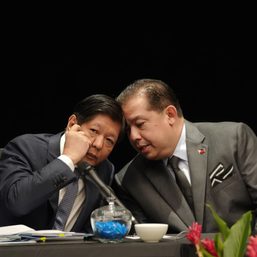




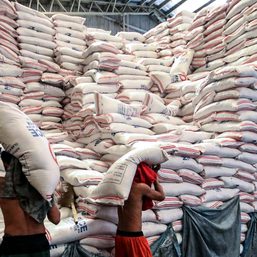
![[ANALYSIS] The department of ambivalent, if not ambiguous agriculture](https://www.rappler.com/tachyon/2024/05/department-of-ambivalent-05252024.jpg?resize=257%2C257&crop=279px%2C0px%2C720px%2C720px)






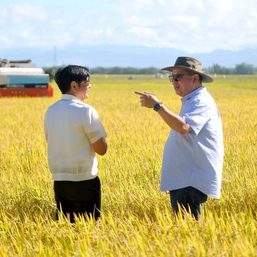
![[ANALYSIS] How one company boosts farmer productivity inside the farm gate](https://www.rappler.com/tachyon/2024/06/bioprime-farmgate-farmer-productivity-boost.jpg?resize=257%2C257&crop=465px%2C0px%2C1080px%2C1080px)

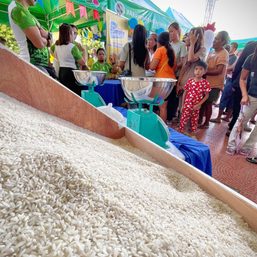
There are no comments yet. Add your comment to start the conversation.